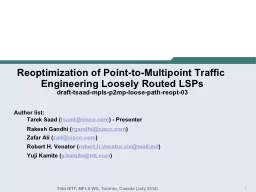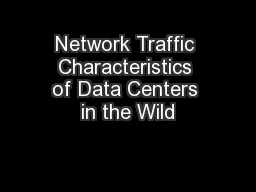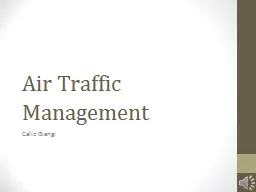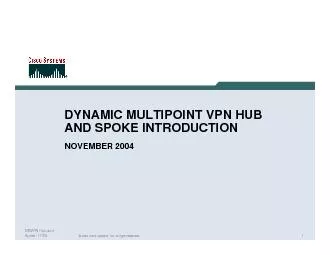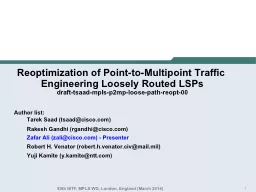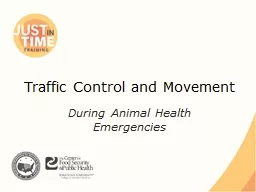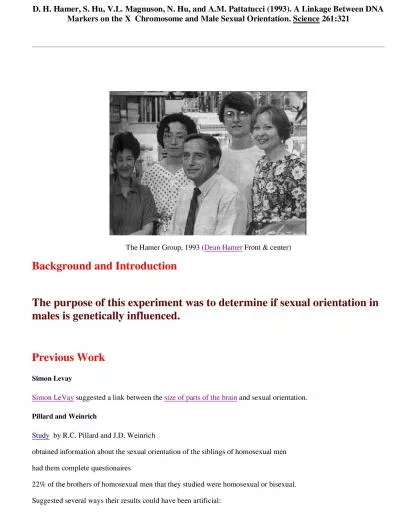PPT-Reoptimization of Point-to-Multipoint Traffic
Author : pasty-toler | Published Date : 2016-06-21
Engineering Loosely Routed LSPs drafttsaadmplsp2mploosepathreopt 03 Author list Tarek Saad tsaadciscocom Presenter Rakesh Gandhi rgandhi ciscocom Zafar
Presentation Embed Code
Download Presentation
Download Presentation The PPT/PDF document "Reoptimization of Point-to-Multipoint Tr..." is the property of its rightful owner. Permission is granted to download and print the materials on this website for personal, non-commercial use only, and to display it on your personal computer provided you do not modify the materials and that you retain all copyright notices contained in the materials. By downloading content from our website, you accept the terms of this agreement.
Reoptimization of Point-to-Multipoint Traffic: Transcript
Download Rules Of Document
"Reoptimization of Point-to-Multipoint Traffic"The content belongs to its owner. You may download and print it for personal use, without modification, and keep all copyright notices. By downloading, you agree to these terms.
Related Documents

